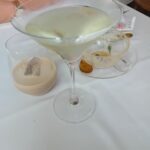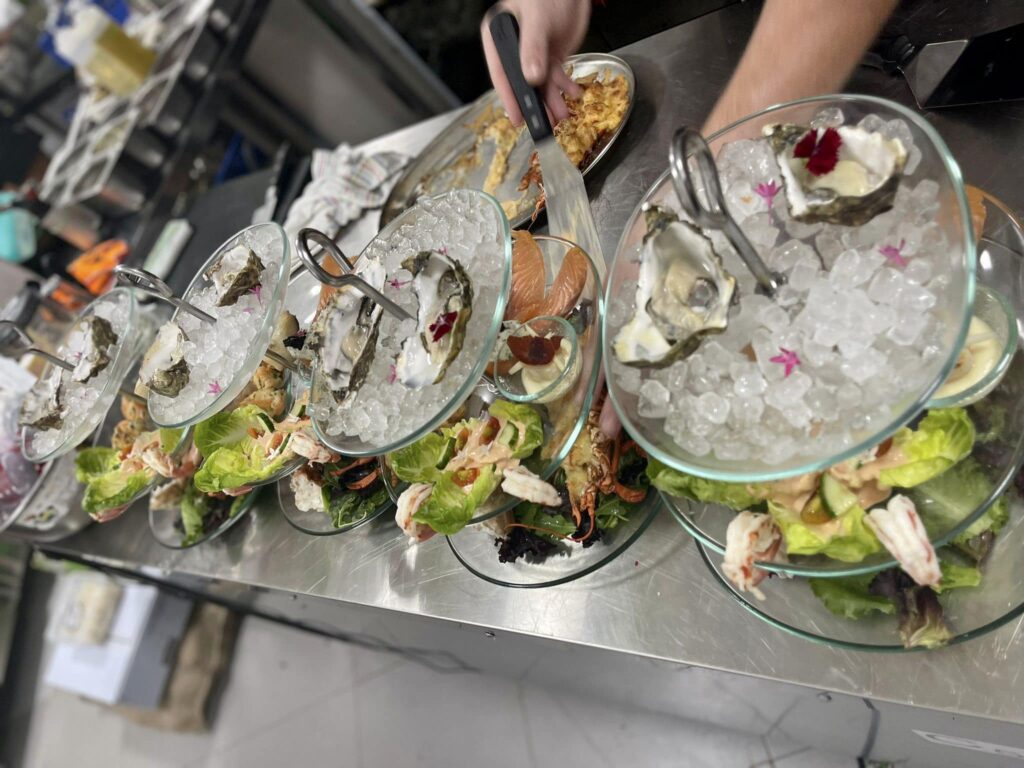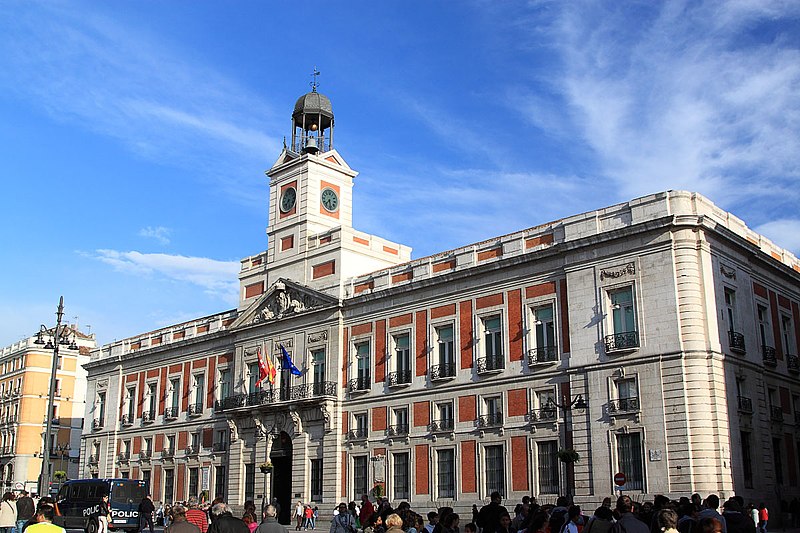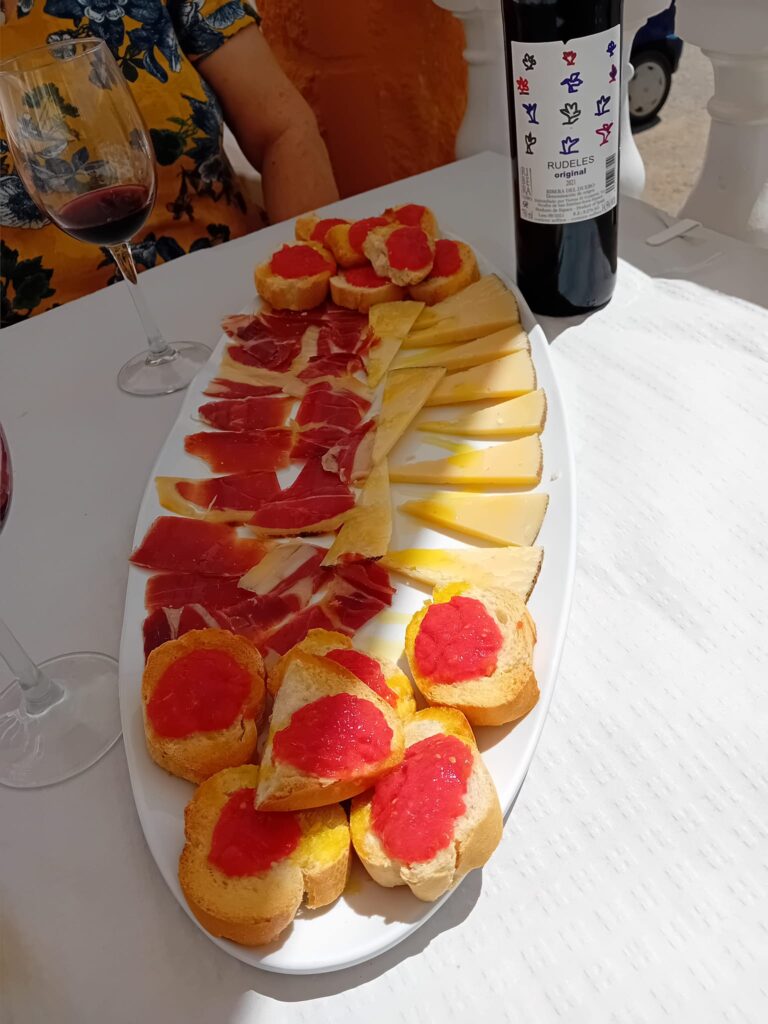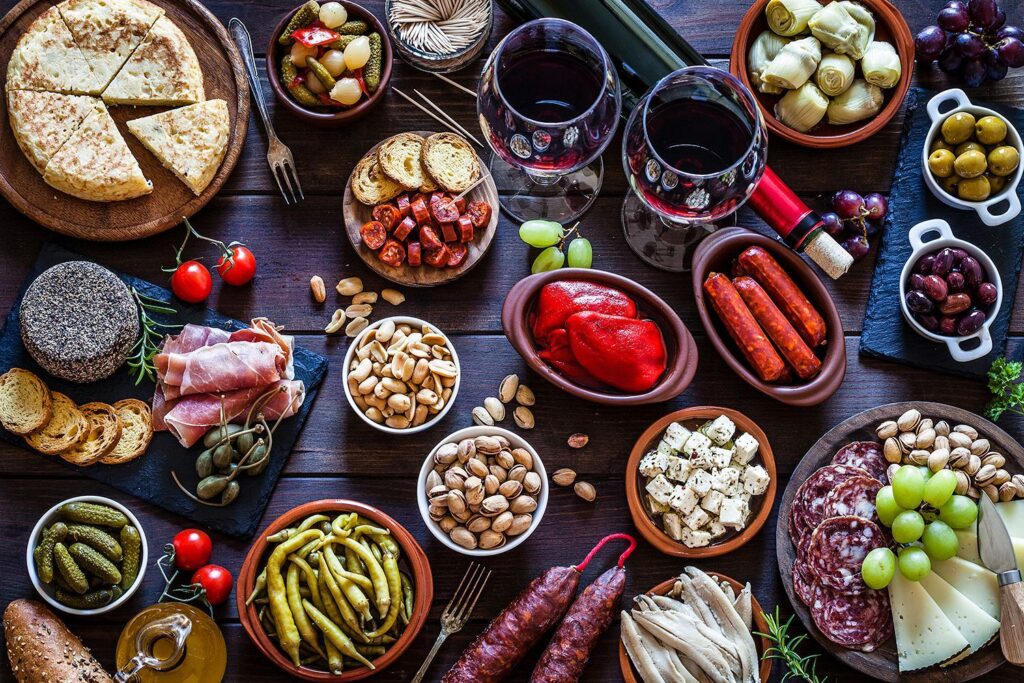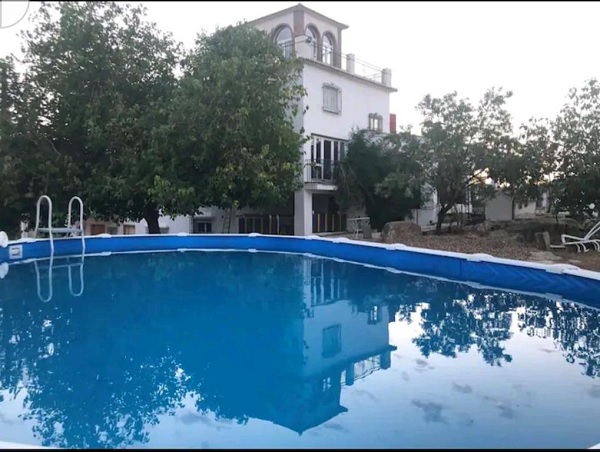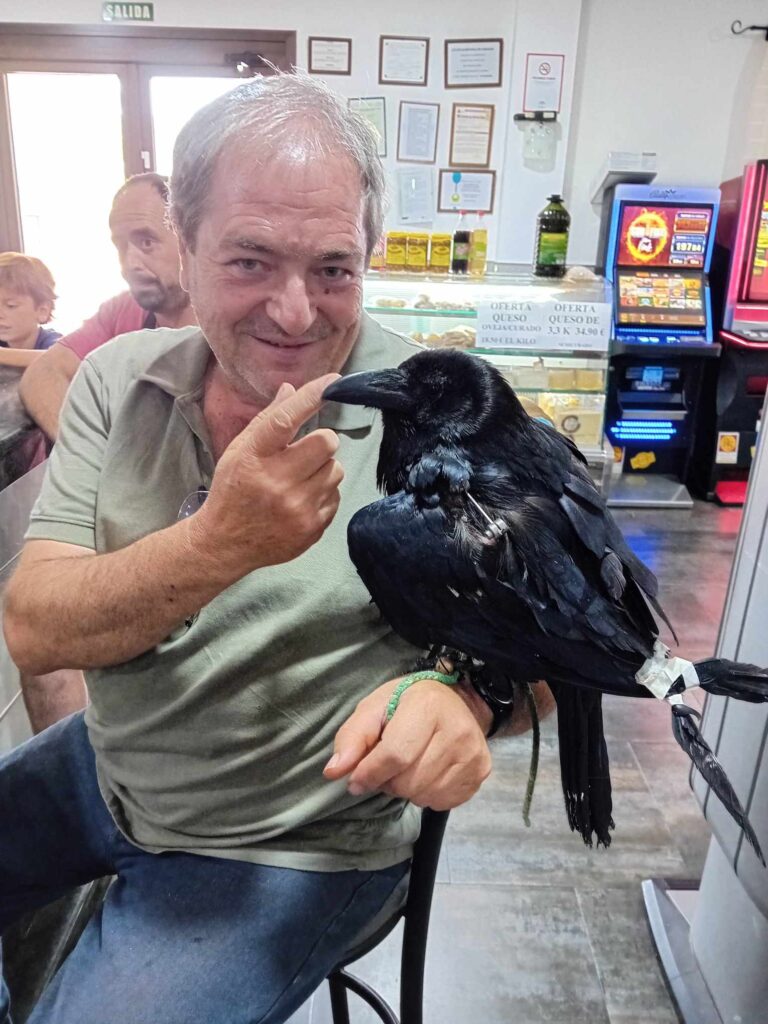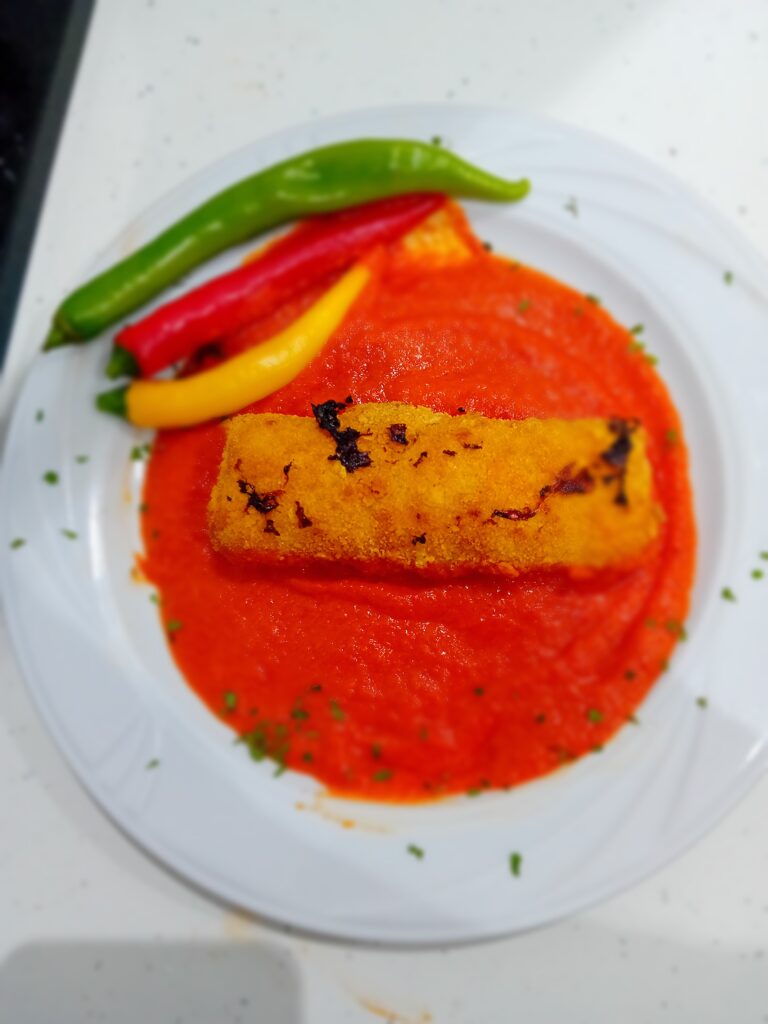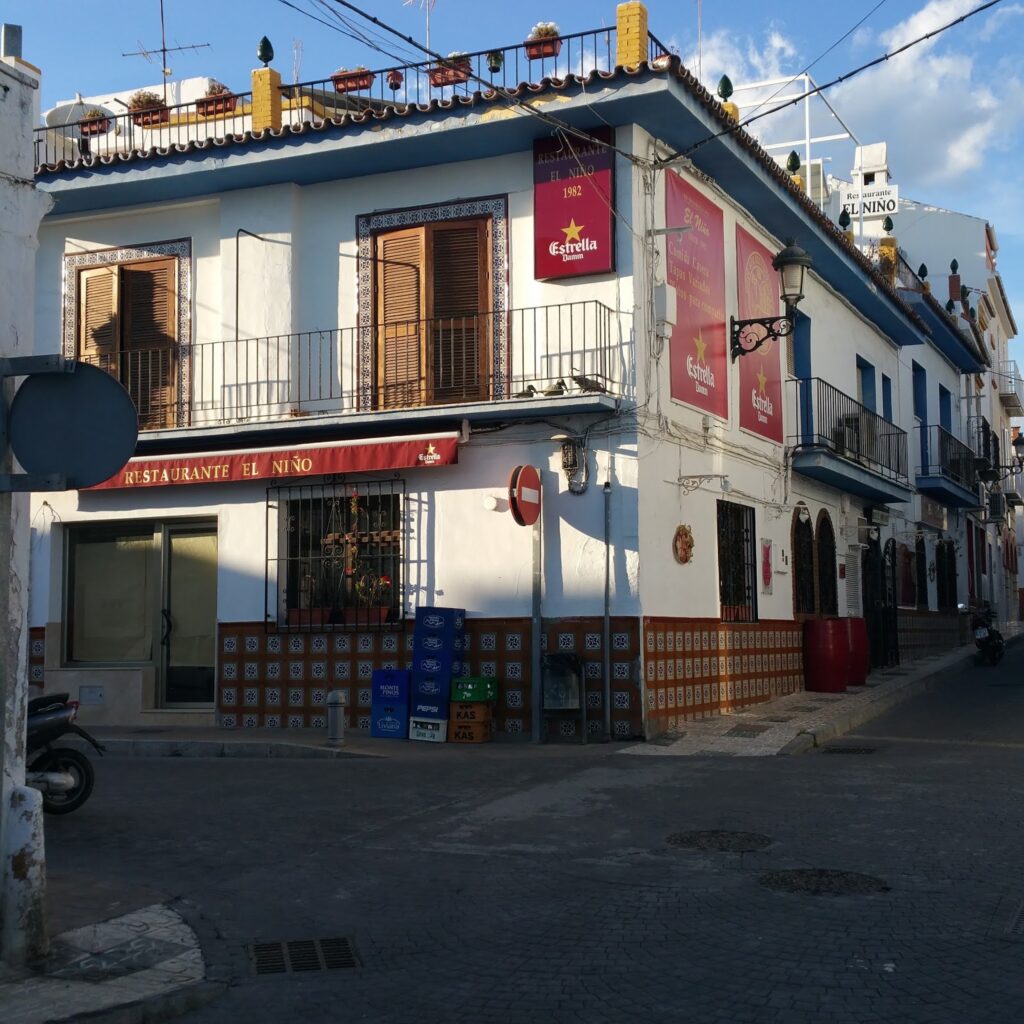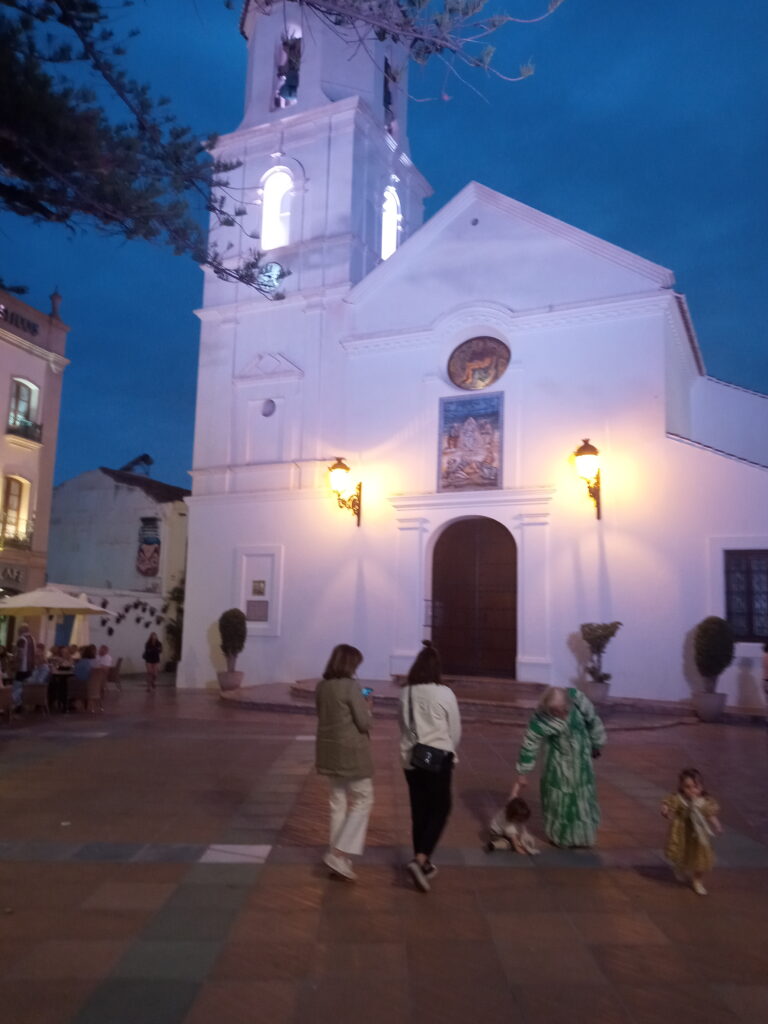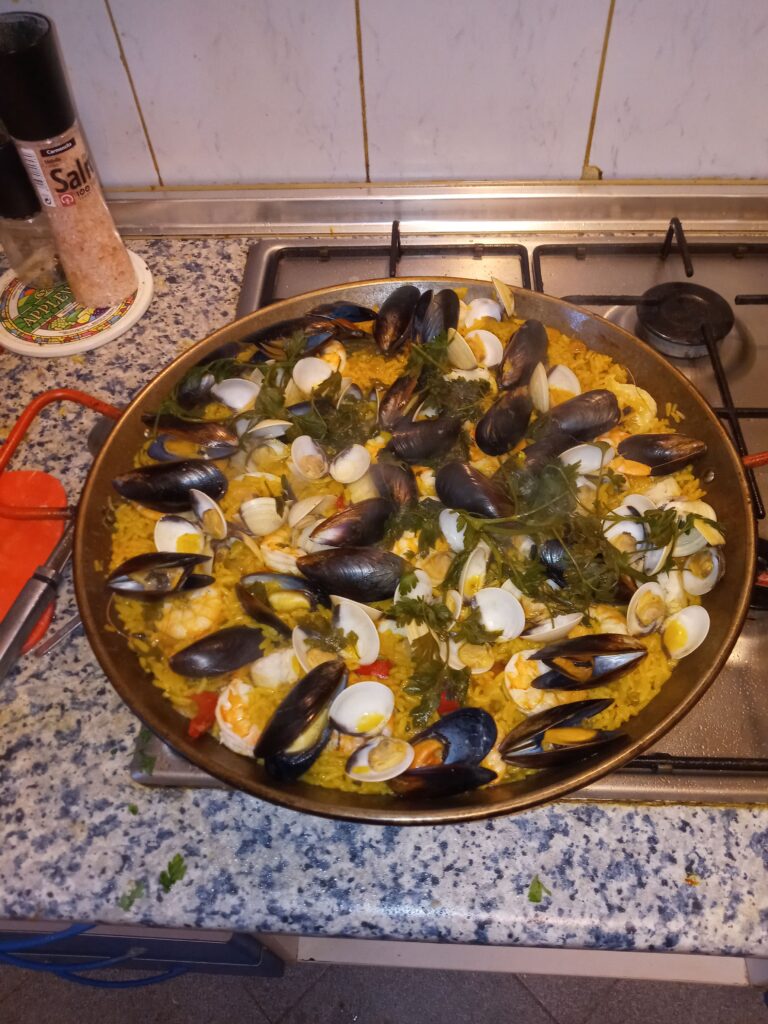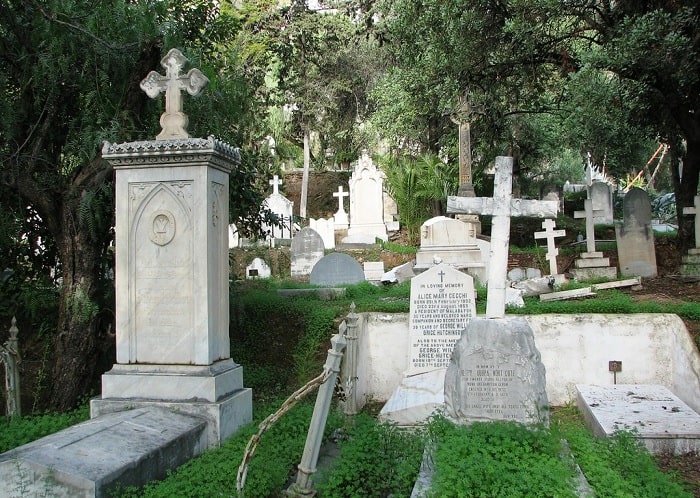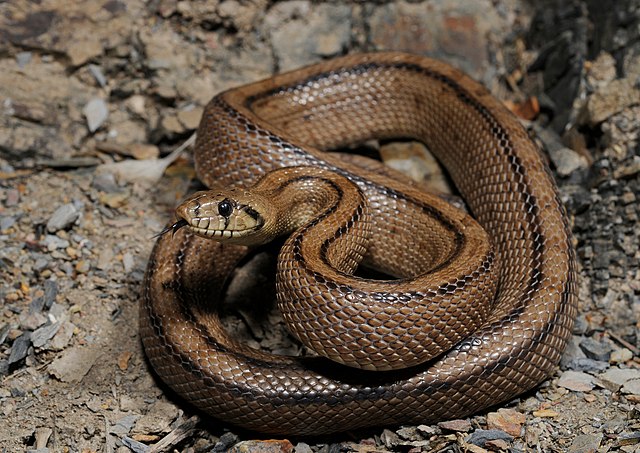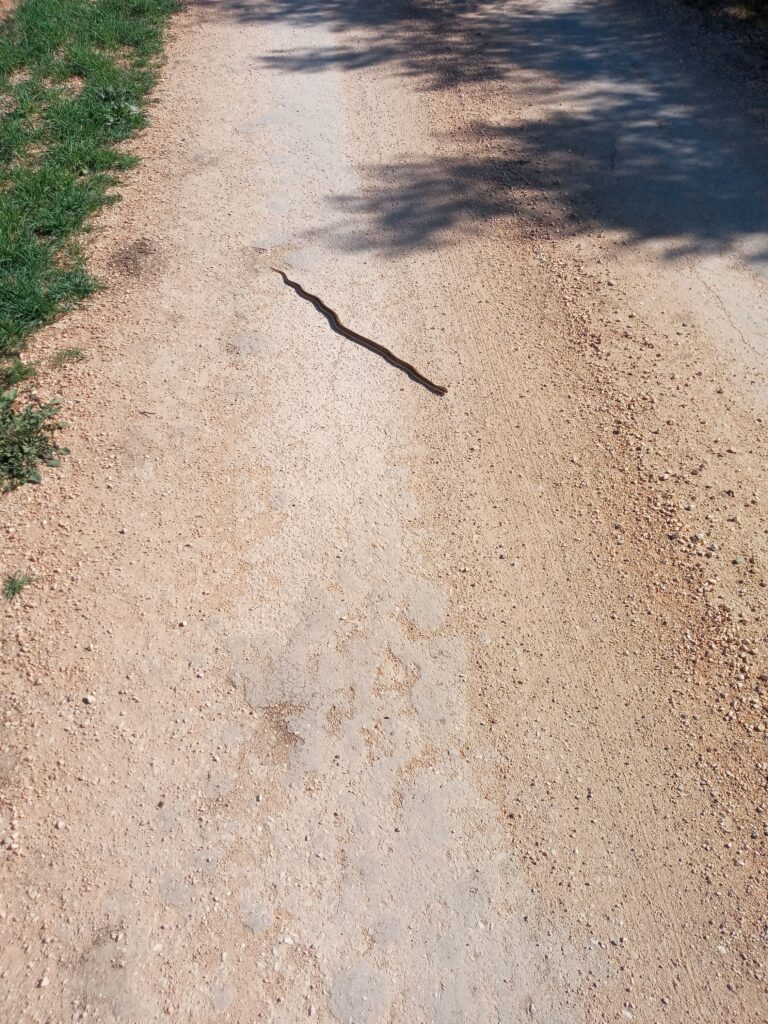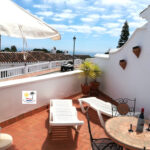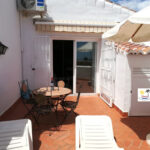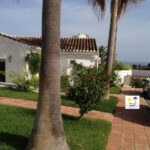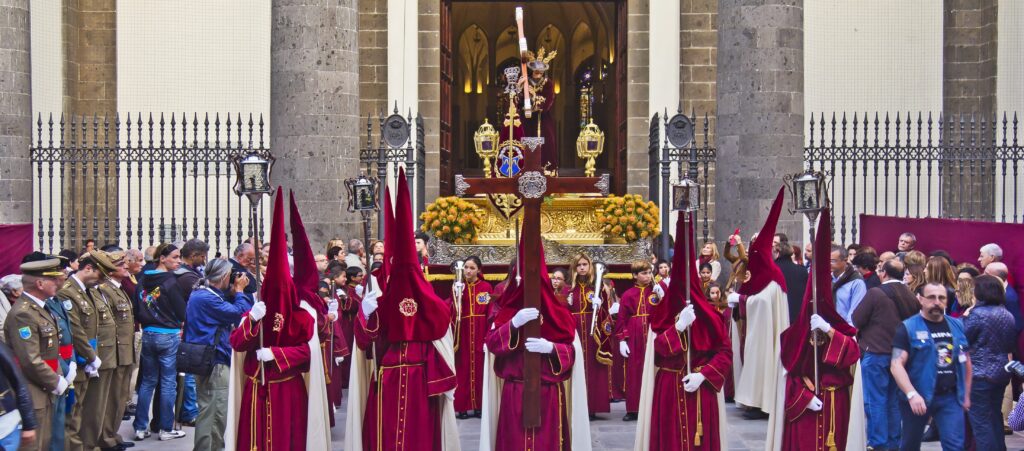I Made Fish Chips and Mushy Peas Six Nights out of Seven
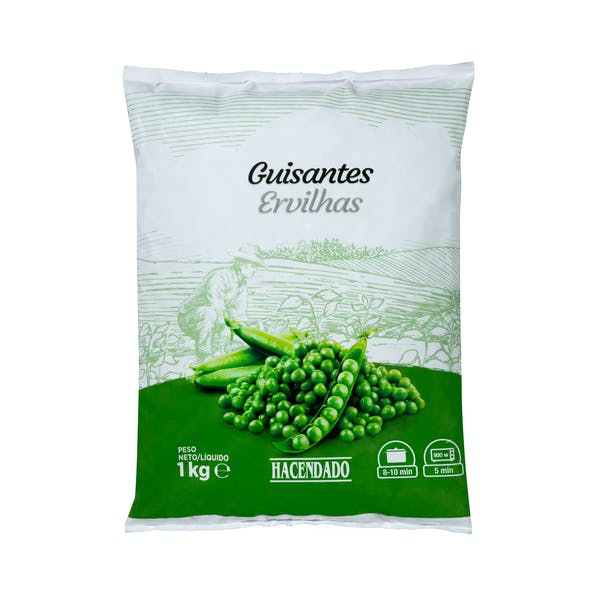
Missing Mushy Peas!
These days, we can get most of the items associated with UK cuisine. OK!, so we might have to travel to the coast to get them, or, to an English Shop about 40 minutes drive away. So, recently I have decided to make some of the condiments, spreads and so on, myself.
Mushy Peas!
These are like gold to get hold of but, I found a fantastic method for making my own. It is a simple but delicious method.
First, get yourself a bag of Mercadona frozen peas put 250g into a pan and cover just enough with water. Bring to a boil and simmer on low heat until the liquid evaporates. Then add a large knob of butter. Once the butter melts, mash the piece with a fork until you get the desired consistency.
The Batter for the Fried Fish
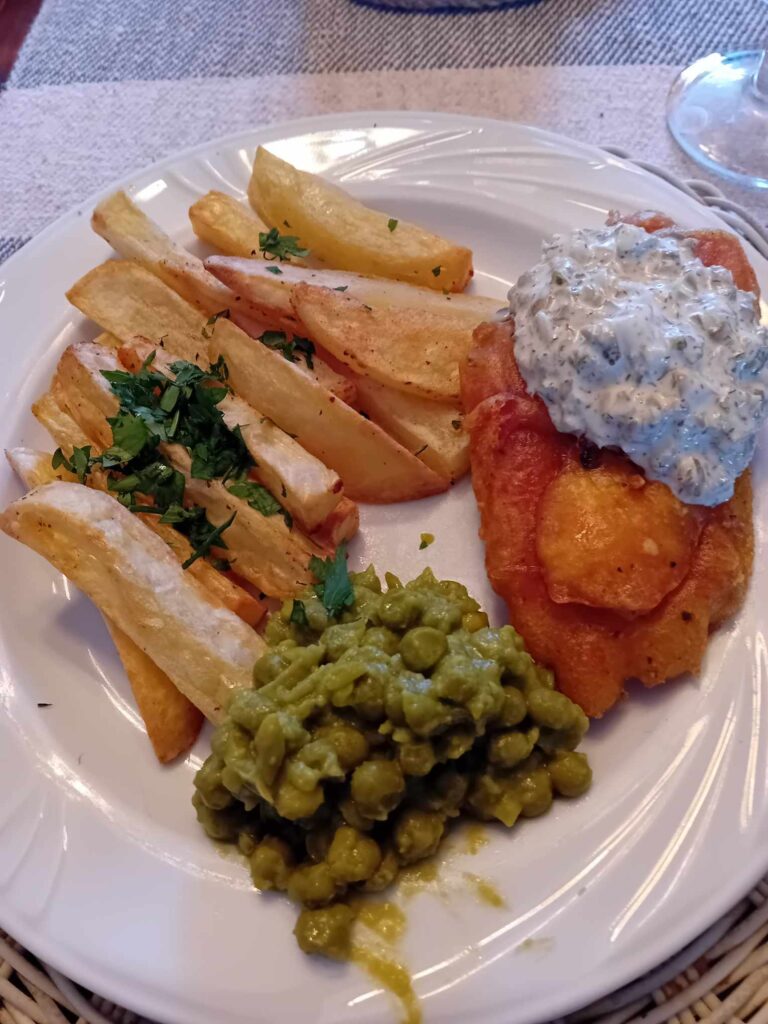
Add 90 grams of sieved plain flour into a bowl. Add 30 grams of Cornflour, 1 teaspoon of Turmeric, 1 teaspoon of Baking powder. Slowly add 150 ml of fizzy water, beer or tonic water (I tried all three, the fizzy water worked best) making sure to fold the mixture, not whisk! Cover with cling film and put it in the fridge until you need it.
Dry you fish with paper towels and cover it in a fine layer of plain flower. Dip the fish into the batter, making sure it is completely covered, then, lower it into a pan of hot cooking oil (I used sunflower oil). Turn the fish a few times whilst it fries until its golden brown. Remove from the pan onto some paper towel to remove the excess oil and serve it up.
Tatar Sauce for the fish
Add finely chopped capers and green pickles to a cup full of mayonnaise, add a dash of lemon juice and white wine vinegar a teaspoon of dried Dill and mix the lot together. Job done!
Mayonnaise
If you are out of Mayonnaise, then, no worries. Add 1 egg to 300ml of oil (sunflower is best) along with a dash of lemon juice, vinegar and a teaspoon of mustard and mix with a hand blender. The more oil you use, the thicker the Mayonnaise will be.
The chips!
I use a Casori Air Fryer. Cut the chips to a decent thickness (about as thick as your finer) parboil for 5 minutes and then drain and dry. Once the chips are dry, spray them with cooking oil and put them in the air fryer. There is a pre-set for chips, use that. It usually takes 25 minutes to get the best results.
That’s it! Plate up and enjoy.
For some fantastic recipes, try out the Backyard Chef on YouTube.








